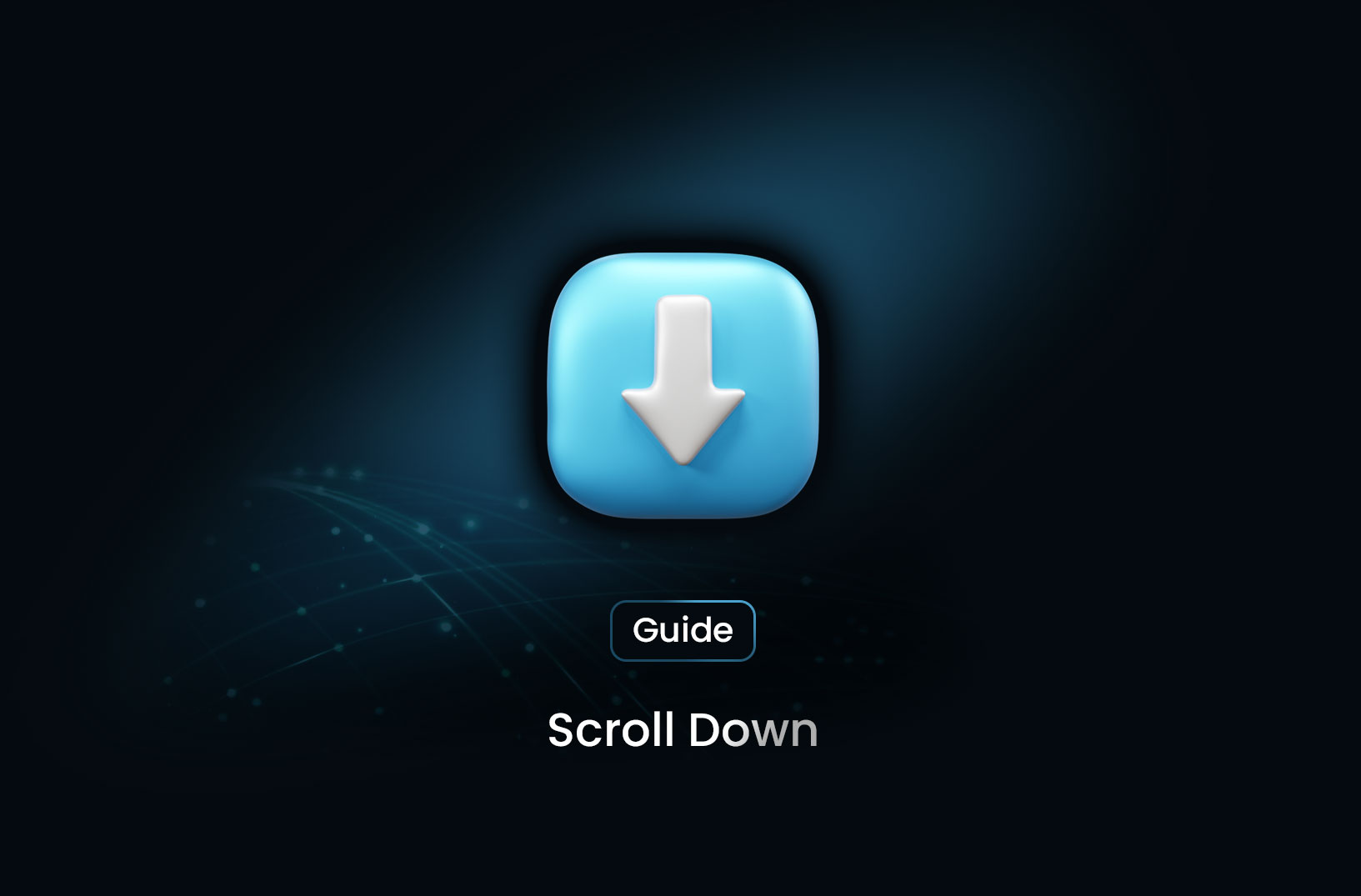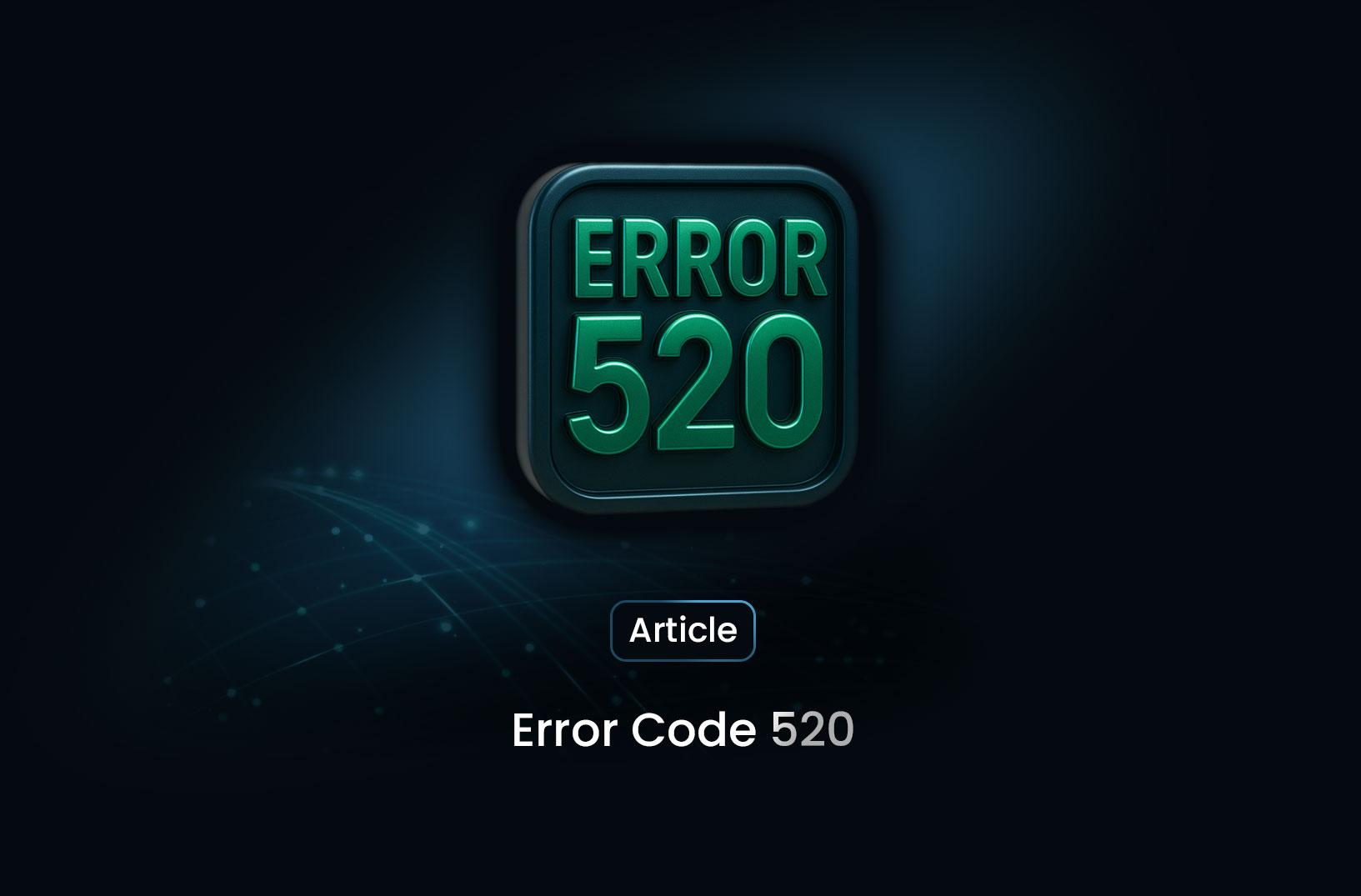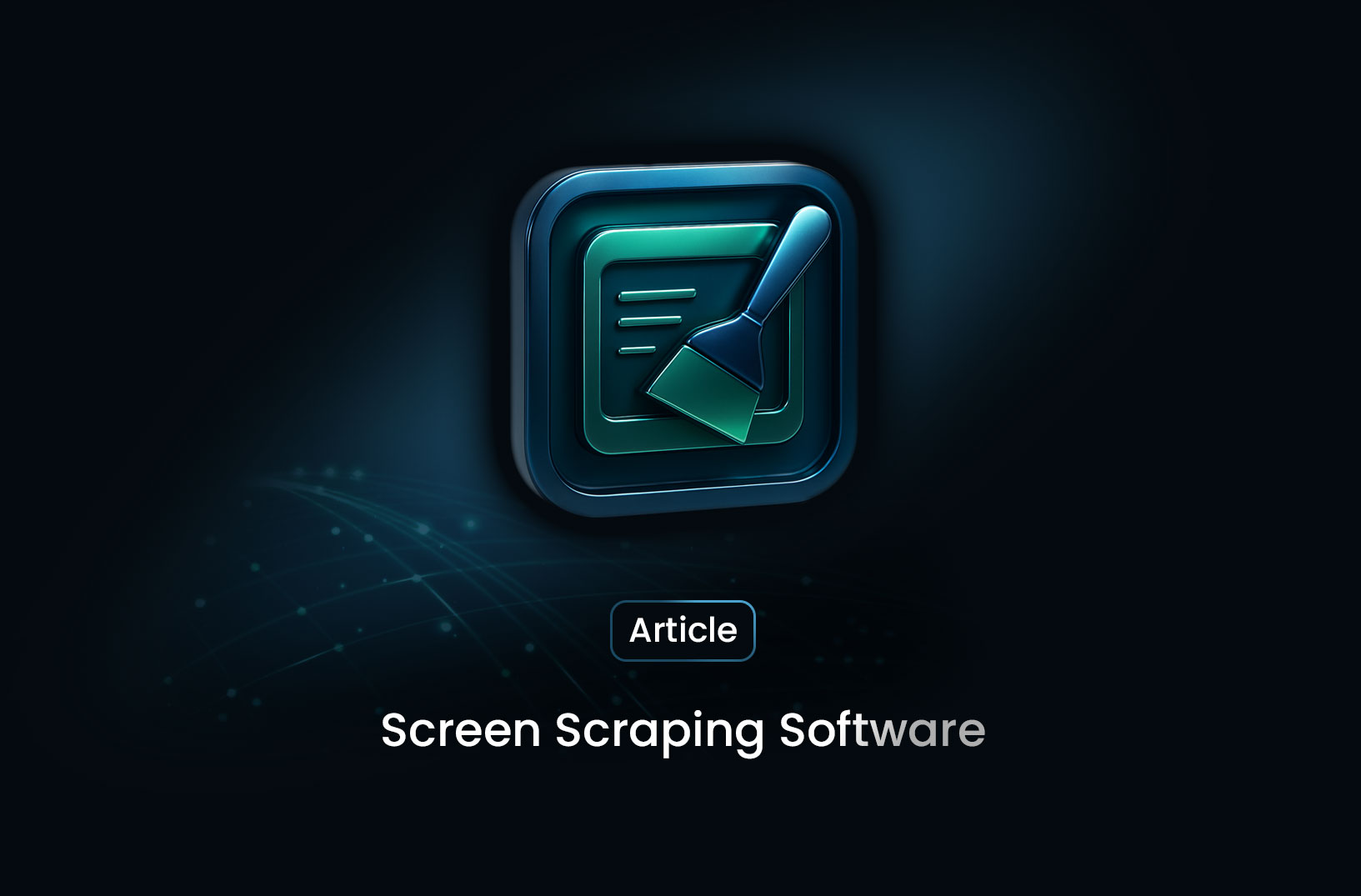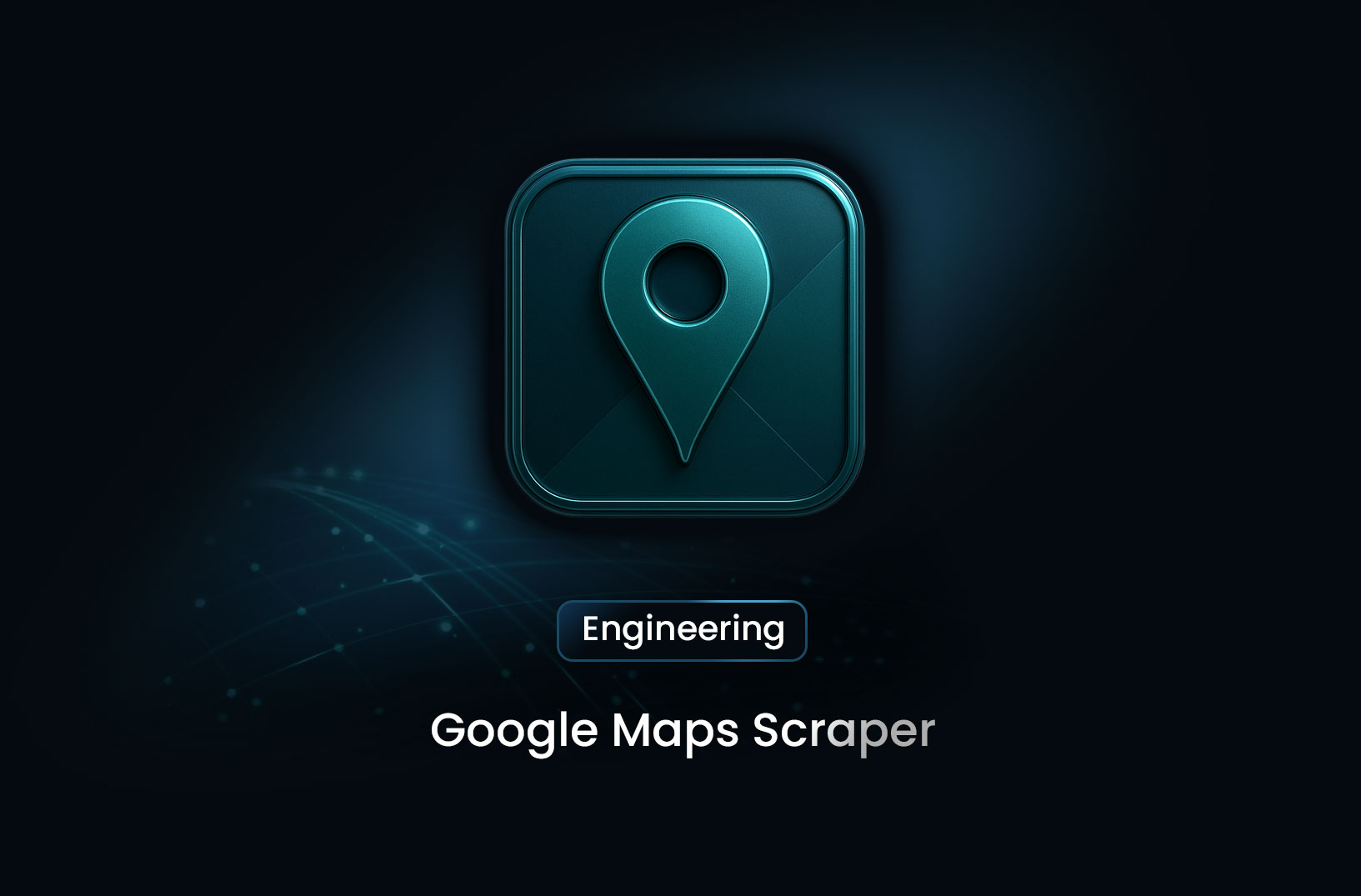
How to Handle Scroll Down Selectors in Web Scraping
ArticleDiscover how to effectively manage infinite scroll and "scroll down" selectors in web scraping to extract hidden content from modern websites.
Web scraping modern websites often means dealing with content that loads dynamically as you scroll. This technique, known as infinite scrolling, is common across social media platforms, real estate directories, and eCommerce stores.
To successfully extract all the data from these types of pages, it's important to understand how scroll-down selectors work. They allow scrapers to simulate user behavior, revealing hidden data that doesn’t appear on the initial page load.
Why Scroll-Based Loading Exists
Web developers often implement scroll-based loading to:
- Improve user experience by loading only what's needed.
- Decrease initial load time for large datasets.
- Keep users engaged with seamless, endless content.
However, this approach complicates things for scrapers since not all content is present in the initial HTML source. That’s where scroll automation comes in.
Identifying Scroll Selectors
Before simulating scrolling, you must identify the scrollable element. This could be:
- The entire page (
window) - A specific scroll container like
.scrollable-div - An invisible element that triggers loading when reached
Use your browser’s developer tools (usually F12) to inspect which elements load new content as you scroll.
scroll_area = driver.find_element(By.CSS_SELECTOR, ".scroll-container")
Simulating Scroll with Automation Tools
Using Selenium (Python)
Selenium allows you to scroll the page or a specific container:
from selenium import webdriver
from selenium.webdriver.common.by import By
import time
driver = webdriver.Chrome()
driver.get("https://example.com")
# Scroll to bottom until no more content loads
last_height = driver.execute_script("return document.body.scrollHeight")
while True:
driver.execute_script("window.scrollTo(0, document.body.scrollHeight);")
time.sleep(2) # Wait for new content to load
new_height = driver.execute_script("return document.body.scrollHeight")
if new_height == last_height:
break
last_height = new_height
Using Puppeteer (JavaScript)
const puppeteer = require('puppeteer');
(async () => {
const browser = await puppeteer.launch();
const page = await browser.newPage();
await page.goto('https://example.com');
let previousHeight;
try {
previousHeight = await page.evaluate('document.body.scrollHeight');
while (true) {
await page.evaluate('window.scrollTo(0, document.body.scrollHeight)');
await page.waitForTimeout(2000);
const newHeight = await page.evaluate('document.body.scrollHeight');
if (newHeight === previousHeight) break;
previousHeight = newHeight;
}
} catch (e) {
console.log(e);
}
await browser.close();
})();
Other Scroll Strategies
scrollIntoView()
Useful when you want to load or interact with specific elements:
element = driver.find_element(By.CSS_SELECTOR, ".load-more")
driver.execute_script("arguments[0].scrollIntoView(true);", element)
Manually Trigger “Load More” Buttons
Some websites simulate infinite scroll with “Load More” buttons:
while True:
try:
load_more = driver.find_element(By.XPATH, "//button[text()='Load More']")
load_more.click()
time.sleep(2)
except:
break
Smart Scrolling with MrScraper
At MrScraper, scroll automation is already built-in. You simply:
- Set the URL
- Define the scroll container (if any)
- Choose scroll duration or number of scrolls
The scraper handles the rest—making it easier for non-developers to capture full content.
Tips for Scroll-Based Scraping
- Use Delay Wisely: Let the content load completely before the next scroll.
- Avoid Endless Loops: Set max scrolls or compare scroll height to stop when needed.
- Check Network Tab: Sometimes scrolling triggers API calls—scraping the API may be easier.
- Headless vs. Headful: Some sites load content differently in headless browsers. Always test.
- Combine with Caching: Store already-scanned URLs to avoid reloading data.
Conclusion
Handling scroll-down selectors is a crucial skill for any modern web scraper. As websites become more dynamic, learning to navigate and control scrolling will ensure your scrapers don't miss valuable data.
Whether you're using custom code or tools like MrScraper, knowing how to detect and automate scroll behavior gives you a powerful edge in data extraction.
Find more insights here

Error Code 520: What It Means, Why It Happens, and How to Fix It Quickly
Error Code 520 explained: what it means, why Cloudflare triggers it, common causes, and how to fix o...

Screen Scraping Software: What It Is, How It Works, and the Best Ways to Use It in 2025
A complete guide to screen scraping software in 2025—use cases, differences from web scraping, and h...

Google Maps Scraper: The Complete 2025 Guide for Location Data, Leads, and Business Intelligence
A complete 2025 guide to Google Maps scraping. Learn what data you can extract, use cases, challenge...
